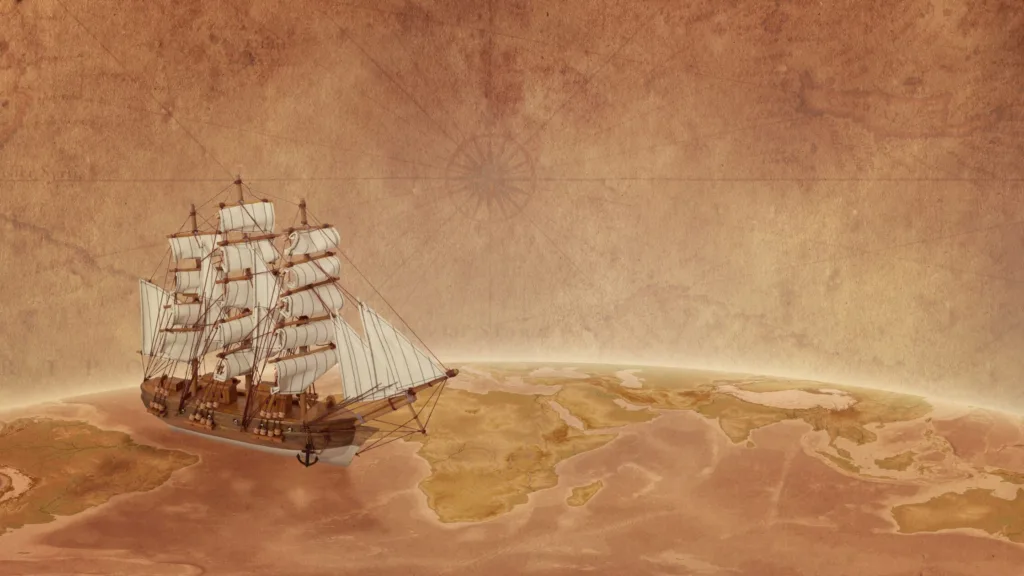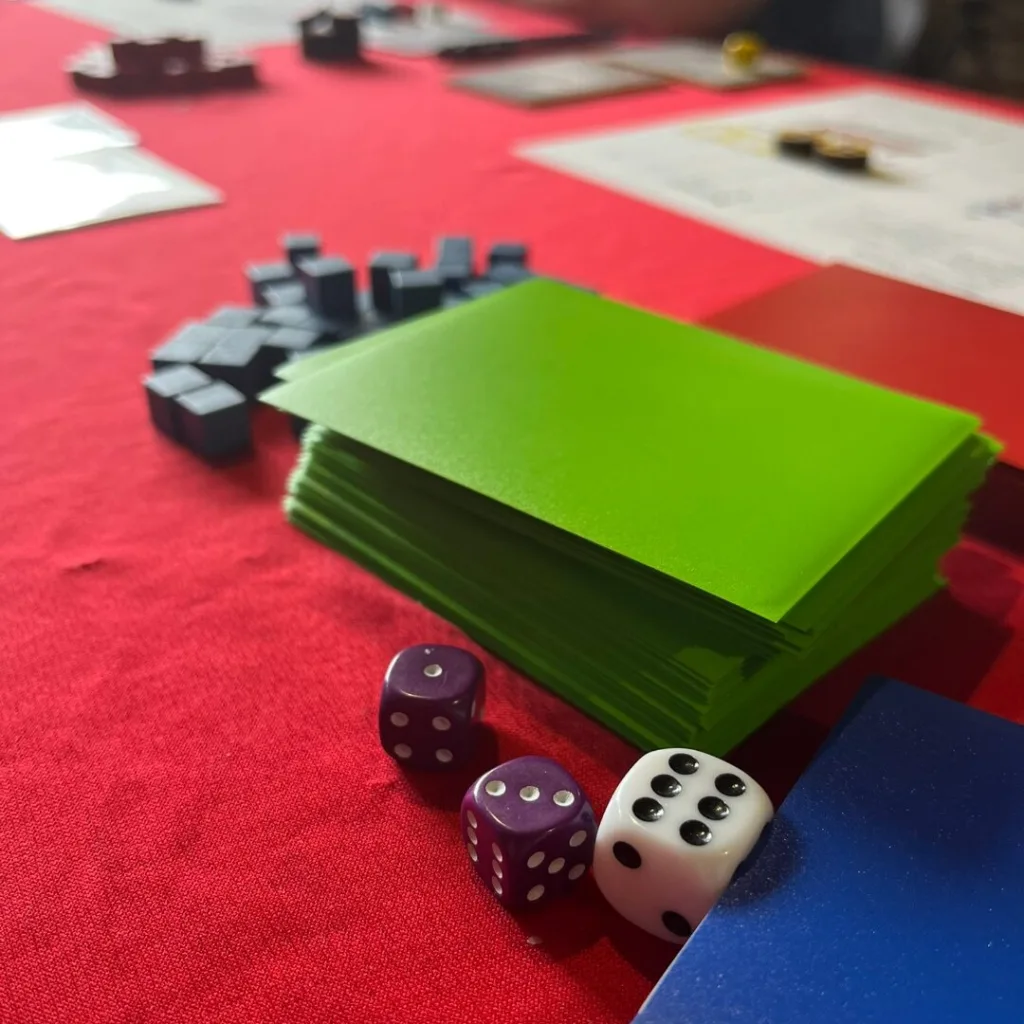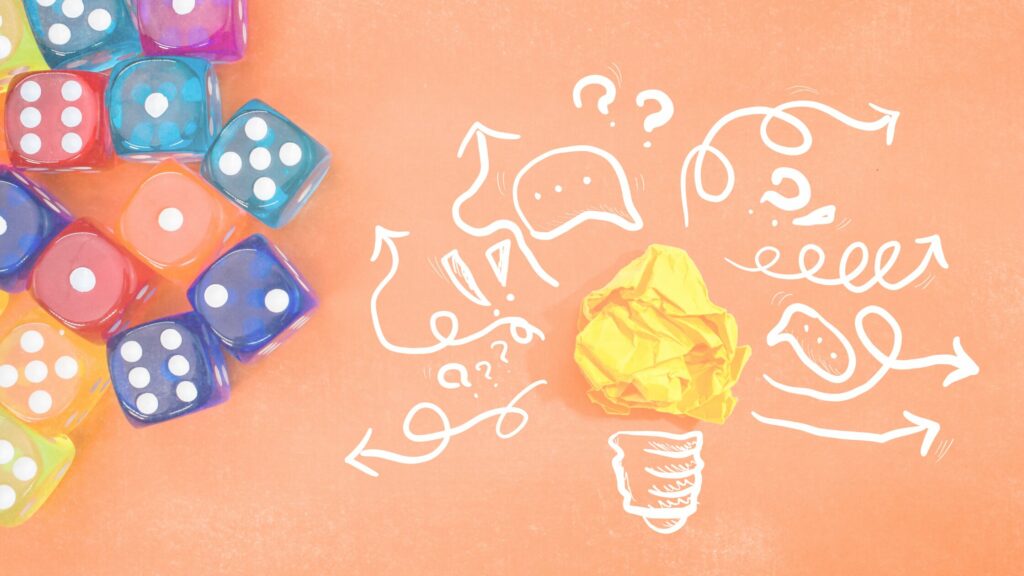The Ship of Theseus is a philosophical thought experiment rather than an actual ship, but it might be one of my favourite non-ship ships.

The thought experiment goes a little something like this. Imagine the most important ship in your armada, the flagship, the sort of ship people tell tales about for centuries. We’ll call that the Ship of Theseus. Imagine that, over time, as this ship sails the oceans, explores new territory and is triumphant in glorious battles, it is subsequently repaired. Piece by piece it starts to change. A plank here, a sail there, maybe replace a cannon after a battle, the rudder after a run-in with some rocks at low tide. Over time the original ship has more and more parts replaced. At some point, there is no original part of the ship left behind. Everything about it has changed. Yet it is still the Ship of Theseus, or is it?
I’ve found myself thinking about the apocryphal ship recently. It serves as a good analogy for a part of game design that I’m exploring at the moment.
Let’s dock the ship for a moment, and use a game I’ve been working on as a different example. Sky Relief. My game is now 18 months into development, and much like the Ship of Theseus, it has changed so much from its first iteration (including in name) that I’d be hard pushed to call the current iteration the same game. In fact, I’ve changed its name, so it’s not even the same in name.

This in itself isn’t the interesting bit of this analogy though. I’ve been creating stuff my whole working life, so I understand the development and iteration that comes with the creation of something new. Many times the end product is different, sometimes fundamentally, from what you started with. This is the way.
So here’s the rub.
Onboard my Ship of Theseus, I have crewmates. Often they take the form of game designers from various playtest groups I’m part of. And the repairing of the ship that I mentioned previously? Well, sometimes those repairs are made by them. These changes in game design come in the form of suggestions from fellow designers. Ideas about tweaks that could be made, fixes and changes to be added in pursuit of the game’s final form.
At what point are the changes made by others so fundamental to the game that it’s not really mine anymore?
This has recently begged the question, not “Is it still the Ship after all these changes?” but “When does it cease to be my ship?” At what point are the changes made by others so fundamental to the game that it’s not really mine anymore?
Interesting, right? Let’s explore some answers to that question.
Answer 1: It was my idea, so it’s my game. I think there’s a lot of merit in this. The original idea decides the journey the game takes, what is included and what is left behind. It sets the direction. I think this is the case, but sometimes I might feel differently. Particularly if the next iteration to my game is big, and not my original idea. There’s something that feels almost fraudulent about claiming it’s my Theseus anymore.
Answer 2: Credit where credit’s due. If you’re using ideas and they aren’t yours, then you should be having discussions about where credit lies within the game. If this is the case, how can we equitably define contributions, particularly when there might be many over the course of the game? And what if a fellow designer feels that their contribution was bigger than you feel it was? Is there an unspoken rule in playtesting circles? If there is, I’m yet to have it unspoken to me.
Why am I thinking about this far more than I should?
Two reasons. First, integrity is important to me, particularly in the creative act. I want to feel pride in the work I produce and feel like it was mine.
integrity is important to me, particularly in the creative act
Secondly, I recently brought a game to the playtest table and by the end of the session there were so many “ideas” and “fixes” that I’d lost control. And when those fixes are better than the current game, and steer it in different directions, how can I then square that with reason one?
Currently I can’t, which means I’ve got a shelved project. The game in question needs parking for a while to gather a little dust, and for me to at least in part forget the “fix” so I can come back to it fresh.
Right, let’s round this out. Shelving projects isn’t something I enjoy. Particularly when they’re shelved in this way. So what should I do about it going forward?
I think there’s space for discussions in playtest groups about what is acceptable and expected in terms of using the ideas and suggestions of others and how they might then be credited. My experience so far is those discussions aren’t often had, and it would probably be useful (at least for me) to work them through with those I playtest with.
I also think there’s something important for designers who are giving feedback and suggestions to think about. How you provide ideas is important. You need to do so comfortable in the knowledge that they might be used, but also knowing that what a designer needs isn’t necessarily a fix for their game. There are other ways of providing support through questioning or exploring the depths of the game before providing a solution.
I’d be keen for anyone else who’s had this experience to reach out. I’d love to chat about it more. And if anyone is interested, I’m starting work on a new game, working title “The Ship of Theseus”. Oh, and by the way, it’s going to be a co-designed project.
There you go, another one of those blogs with only my voice in it, you can get your Thursday fix of stories from other designers by signing up below.



Your Answer 2 made me think of Jamie Stegmaier’s article on ideas vs the execution of ideas. https://stonemaiergames.com/kickstarter-lesson-204-your-idea-is-brilliant-your-idea-is-worthless/